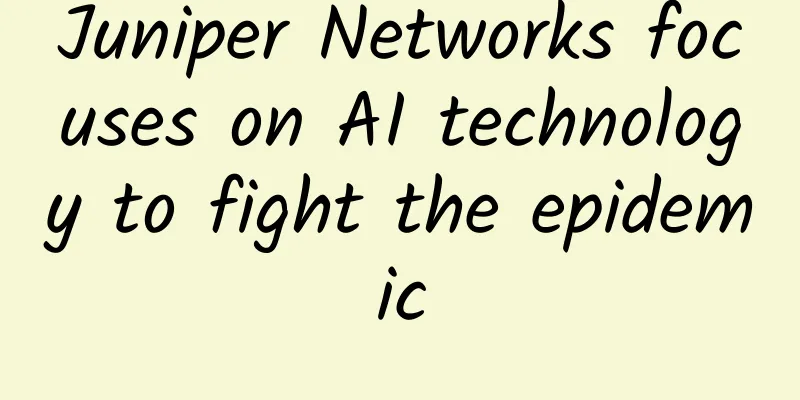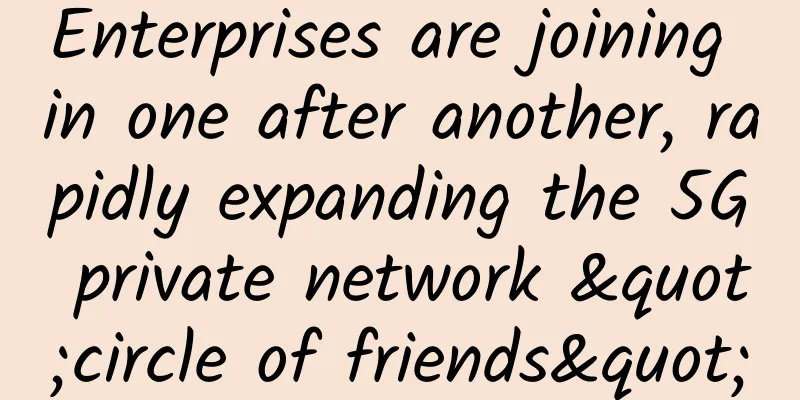To accelerate 5G innovation and monetization, Ericsson and several operators jointly established a network API company
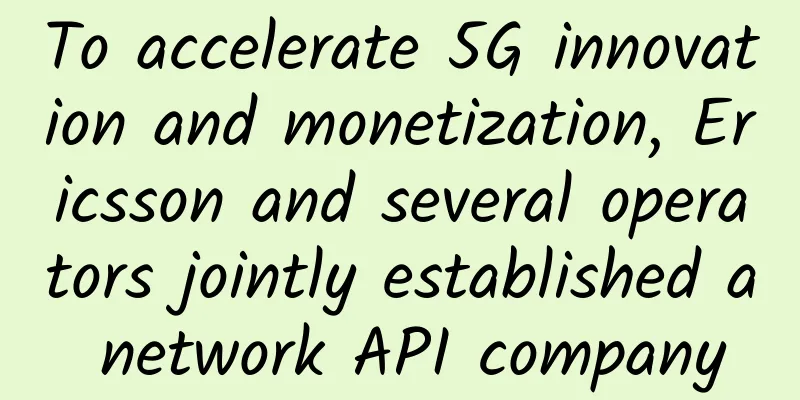
|
According to foreign media reports, communications equipment manufacturer Ericsson and some of the world's largest communications operators will jointly establish a new company focused on packaging and selling network APIs. These operators include America Móvil, AT&T, Bharti Airtel, Deutsche Telekom, Orange, Reliance Jio, Singtel, Telefonica, Telstra, T-Mobile, Verizon and Vodafone. Meanwhile, Ericsson's Vonage and Google Cloud have agreed to work with the new company to provide their respective ecosystems of millions of developers and partners with access to network APIs. The so-called network API refers to a set of interfaces provided by telecom operators for third-party developers to quickly and easily integrate telecom services into their applications, usually including SMS API, voice API, data API, etc. Telecom operators can increase revenue by providing API services to third-party developers. Operators look to network API monetizationMargherita Della Valle, CEO of Vodafone, said: “This groundbreaking partnership will enable businesses and developers to harness the collective power of the global network to create applications that drive growth, create jobs and improve public services. Just as 4G and smartphones made apps an integral part of people’s daily lives, the power of 5G networks will unleash the next wave of digital services.” It is reported that all APIs provided by operators will be based on CAMARA, an open source API project led by GSMA and the Linux Foundation. “Through a broad, interoperable API platform, we’re empowering innovators with a new global toolbox where the world’s best app developers can create exciting user experiences at scale,” said AT&T CTO Jeremy Legg. “This high-performance mobile ecosystem will usher in a new era of greater possibilities for customers and mobile users around the world.” Executives from other companies involved in the effort sounded similarly enthusiastic. The communications industry has had a lot of discussion about the decision to open up and try to monetize network APIs. Research institutions such as McKinsey are optimistic that network APIs will bring a $300 billion market opportunity to telecom operators between now and the end of 2030. New company aims to address industry fragmentationHowever, some more cautious industry figures warn that all this will be in vain without proper industry coordination and collaboration to drive developer adoption, something the new company appears to be aiming to accomplish. Kester Mann, head of consumer and connectivity at CCS Insight, said: “Today’s announcement is an important step in that direction and addresses one of the key challenges developers face when working with mobile operators – industry fragmentation. In the past, the telecoms industry has had many competing operators, each pursuing different strategies in their specific regions, making it difficult to present a unified and coherent front.” Mann believes the company is better positioned to succeed than most because of operators’ urgency to get a return on their 5G investments and because of the involvement of major technology partners such as Google and Ericsson. Vonage CEO Niklas Heuveldop and Deutsche Telekom Magenta Business API (MACE) Senior Vice President Peter Arbitter. Heuveldop said: "We share a common concern that we make it difficult for developers to program on wireless networks. This initiative is about removing any friction and barriers that may prevent developers from fully leveraging the opportunities of programmable networks." According to the data, Deutsche Telekom and Ericsson launched MACE a year ago, but soon found that scattered API plans could not solve the problem. Arbitter said: "If either of us only open our own network, it will not be good for developers." New competition methods for telecom equipment vendorsGeek.com learned that Ericsson and these operators aim to formally establish a new joint venture in early 2025, but regulatory approval is required. According to the agreement, Ericsson will hold a 50% stake in the joint venture, while the operator members will hold the remaining 50%. In addition, a long-term invitation will be issued to any other operators who wish to join. Börje Ekholm, CEO of Ericsson, says: "Today is a defining moment for the communications industry and a major milestone in our strategy to open the network to increase monetization opportunities. A global platform based on Ericsson's deep technical capabilities and comprehensive ecosystem will provide a single connectivity service to millions of developers. It will enable the telecom industry to invest more deeply in network API opportunities, driving business growth and technological innovation." In addition to Ericsson, Nokia is also advancing its own API strategy, which is centered around its "network as code" platform and has been going well so far, with partnerships with Orange, Telefónica, Turkcell, Infobip and Google in the second quarter of this year alone. While the open network APIs can run on compatible hardware from any vendor, whether Nokia or Ericsson, the new company provides an opportunity for Ericsson to play a central role in the emerging ecosystem. Once this new initiative gathers pace, Nokia may have trouble keeping up. However, in interviews with the media, both Heuveldop and Arbitter emphasized that the plan is open to everyone and aims to unlock the potential of the network rather than create income for the shareholders of the joint venture. |
<<: 127.0.0.1 and localhost, how to choose?
Recommend
How 5G can unlock the potential of smart homes
5G technology has been one of the hottest topics ...
6G Internet of Things: From the Internet of Everything to the Intelligent Internet of Everything, opening up smart life, smart production and smart society
At the 6G Internet of Things Forum of the 4th Chi...
Huawei Galaxy AI Network: Across the entire chain of the intelligent era, enabling transformation in thousands of industries
With the emergence of ChatGPT, we have entered a ...
Detailed explanation of 5G communication: current status of 5G technology and future trends
Since 2016, 5G has become increasingly popular. A...
Let’s talk about the top ten challenges of 6G
[[427923]] This article is reprinted from the WeC...
Linux common command find record
The tribe recorded some usage of the find command...
5G technology has just emerged, so don’t rush to pour cold water on it
After 3G and 4G have successively gone from unfam...
Why is the world crazy about blockchain? Because of a "wealth code"
In 450 BC, Nehemiah, an official of the Persian E...
A wonderful explanation of the four major communication interfaces: UART/I2C/SPI/1-wire
[[350985]] 1. Qiu Qianzhang's Light Kung Fu F...
Migrate WHM/cPanel data to DA (DirectAdmin)
I shared an article about migrating from CP to DA...
Cisco Global Senior Vice President Jeetu Patel: Webex virtual experience is 10 times better than face-to-face experience!
[51CTO.com original article] Cisco recently organ...
After three years of cooperation, Huawei and Beijing Ruicheng Times have created a new name card for smart cities
[51CTO.com original article] As soon as I walked ...
From the industry, to the industry | Huawei's China Government Business "knowledgeable" image is officially released
On June 22, Huawei China Government Business offi...
80VPS: Japan/Hong Kong VPS annual payment starts from 299 yuan, Los Angeles VPS annual payment starts from 199 yuan
80VPS, a well-established Chinese hosting company...
97% of UK business leaders expect quantum computing to disrupt their industry
A significant number (97%) of UK business leaders...

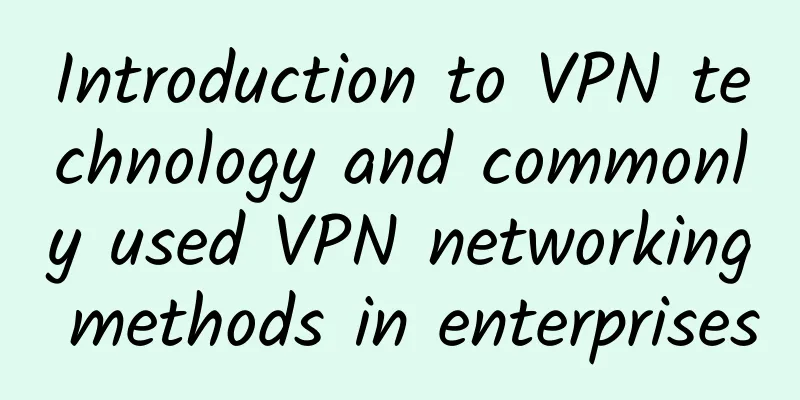


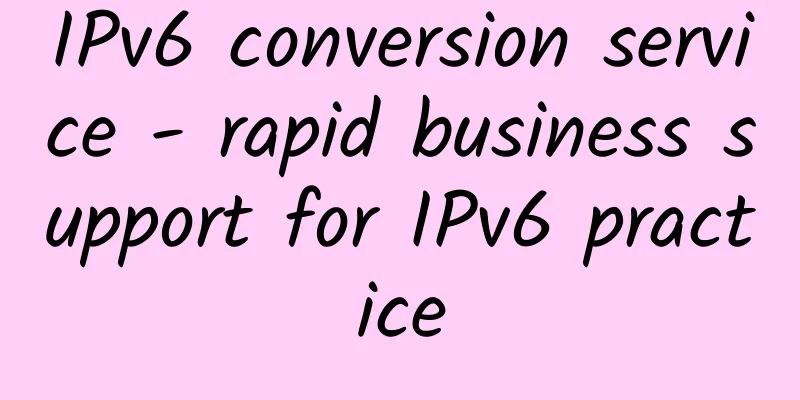
![[6.18] TmhHost: 20% off on CN2 GIA/high-defense cloud servers in Hong Kong/Japan/USA, starting at 35 yuan per month for CN2 in Japan](/upload/images/67cac32b64ada.webp)
